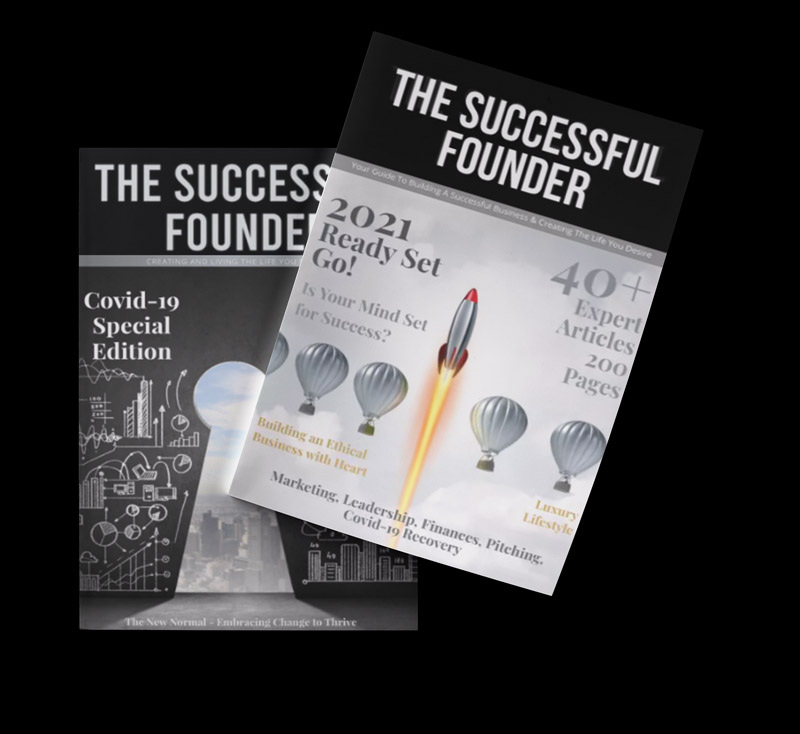Content marketing has evolved into an indispensable strategy for entrepreneurs looking to build digital traction. It’s a cost-effective way for founders to attract targeted traffic, engage with their audience, and boost revenue. Whether you’re running a B2B or B2C enterprise, the power of content lies in its ability to educate, inspire, and ultimately convert readers into loyal customers.
For founders who want to launch or refine their content marketing strategy, this guide covers effective techniques to maximize traffic and drive measurable revenue.
1. Understand Your Target Audience
The foundation of any successful content marketing strategy is a deep understanding of your audience. To create content that resonates, you must know who you’re talking to, their pain points, and how your product or service solves those problems.
How to Research Your Audience:
- Conduct Surveys: Use tools like https://www.surveymonkey.com to gather insights directly from potential or existing customers.
- Analyze Customer Data: Platforms like https://www.hubspot.com provide analytics to track customer behavior and preferences.
- Monitor Competitor Content: Tools such as https://www.buzzsumo.com can identify the topics gaining traction in your industry.
When your content speaks directly to your audience’s needs, it’s more likely to attract traffic, engagement, and sales.
2. Set Clear Goals for Your Content
Without clear goals, it’s difficult to measure whether your content marketing efforts are effective. Are you aiming to increase website traffic, build brand awareness, or directly drive sales? Establish content objectives that align with your broader business goals.
Possible Content Goals:
- Generate 1,000 new monthly website visitors.
- Achieve a 20% increase in email sign-ups via blogs.
- Drive 50 conversions per quarter from educational content.
Use tools like https://www.google.com/analytics to measure the impact of your content against these targets.
3. Focus on High-Impact Content Formats
The right content format depends on your audience’s preferences and business type. Experiment with different formats to discover what resonates.
Popular Formats:
- How-To Blogs: Focus on actionable advice, as demonstrated on https://blog.hubspot.com.
- Videos: Engage audiences on platforms like https://www.youtube.com by showcasing tutorials or product demos.
- Case Studies: Build trust by showcasing customer success stories. Check examples at https://www.forrester.com.
Formats that provide tangible value not only generate traffic but also foster trust and engagement.
4. Implement SEO Best Practices
Search Engine Optimization (SEO) is an essential component of content marketing. By aligning your content with how people search online, you can drive organic traffic over time.
SEO Tactics for Founders:
- Keyword Research: Use tools like https://www.ahrefs.com to find high-traffic, low-competition keywords.
- Optimize Headlines: Include target keywords and make the title clear and enticing. Use a tool like https://coschedule.com/headline-analyzer for optimization.
- Internal Linking: Guide readers to other relevant pages on your website using hyperlinks, such as linking blog posts to product pages.
With SEO-focused content, your site can attract consistent traffic that converts passively.
5. Distribute Content Strategically
Simply creating great content isn’t enough. You need a distribution strategy to ensure it reaches the right audience.
Distribution Tips:
- Create Social Media Snippets: Share bite-sized insights from blogs on platforms like https://www.linkedin.com and https://www.instagram.com.
- Email Campaigns: Send newsletters featuring your latest content using platforms like https://www.mailchimp.com.
- Collaborate: Partner with influencers or other businesses to amplify reach via platforms like https://www.heepsy.com.
Strategic distribution ensures your content earns the visibility it deserves.
6. Repurpose Existing Content
Producing high-quality content can take considerable effort. Repurposing allows you to extend its value by presenting it in different ways.
How to Repurpose Effectively:
- Convert blog posts into infographics using tools like https://www.canva.com.
- Transform key insights into Twitter threads or LinkedIn posts using scheduling tools like https://www.buffer.com.
- Compile related content into an eBook and offer it as a lead magnet on platforms like https://www.gumroad.com.
Repurposing not only saves time but also engages audiences across multiple channels.
7. Measure and Refine Your Strategy
The effectiveness of your content marketing should be continually evaluated. Insights from data and analytics help you refine your approach for optimal results.
Tools for Analysis:
- Google Analytics (https://www.google.com/analytics): Track traffic, bounce rates, and conversions.
- Hotjar (https://www.hotjar.com): Use heatmaps to understand how users interact with your content.
- SEMrush (https://www.semrush.com): Monitor SEO performance and competitor strategies.
With a data-driven approach, you can refine your content to better resonate with your audience and achieve your goals.
8. Leverage User-Generated Content (UGC)
Encouraging your audience to create and share content about your brand provides authentic endorsements that drive trust and sales.
UGC Ideas:
- Run a hashtag campaign and showcase submissions on your profiles. Start with tools like https://www.shortstack.com.
- Share user reviews on your website through platforms like https://www.trustpilot.com.
- Feature customer stories in blog posts or on social media.
Authentic content from your audience is one of the most trustworthy forms of promotion.
9. Invest in Storytelling
Storytelling allows you to connect emotionally with your audience, making your content more memorable and impactful.
Ways to Tell Stories:
- Share your company’s origin story on platforms like https://www.medium.com.
- Highlight the real-life problems your product solves through relatable anecdotes.
- Use video to visually narrate the value you bring, with editing tools like https://www.animoto.com.
When done well, storytelling builds stronger brand allegiance and recall.
10. Create a Content Calendar
A content calendar provides structure to your strategy, ensuring consistency and alignment with business objectives.
Tools for Calendar Management:
- Plan posts and topics using https://www.trello.com or https://www.notion.so.
- Schedule posts in advance with https://www.hootsuite.com.
- Align content themes with seasonal trends or campaigns.
Consistency establishes your brand as a reliable source of information, drawing repeat traffic.
Final Thoughts
For founders looking to scale their businesses, content marketing provides an unparalleled opportunity to drive both traffic and revenue. Success hinges on understanding your audience, delivering value through high-quality content, and thoughtfully measuring and iterating along the way.
By leveraging these strategies, you’ll not only attract more visitors to your site but also convert them into loyal customers while fostering trust and growth.
Focus Keywords:
- Content marketing strategies for startups
- SEO tactics for entrepreneurs
- Repurposing blog content
- Email campaigns to drive sales
- Measuring content ROI
- Storytelling for businesses
- Benefits of user-generated content
- Blog distribution across social media
- Advanced content optimization techniques
- Traffic-building strategies for founders
- lisafoundersitehttps://thesuccessfulfounder.com/author/lisafoundersite/
- lisafoundersitehttps://thesuccessfulfounder.com/author/lisafoundersite/
- lisafoundersitehttps://thesuccessfulfounder.com/author/lisafoundersite/
- lisafoundersitehttps://thesuccessfulfounder.com/author/lisafoundersite/



